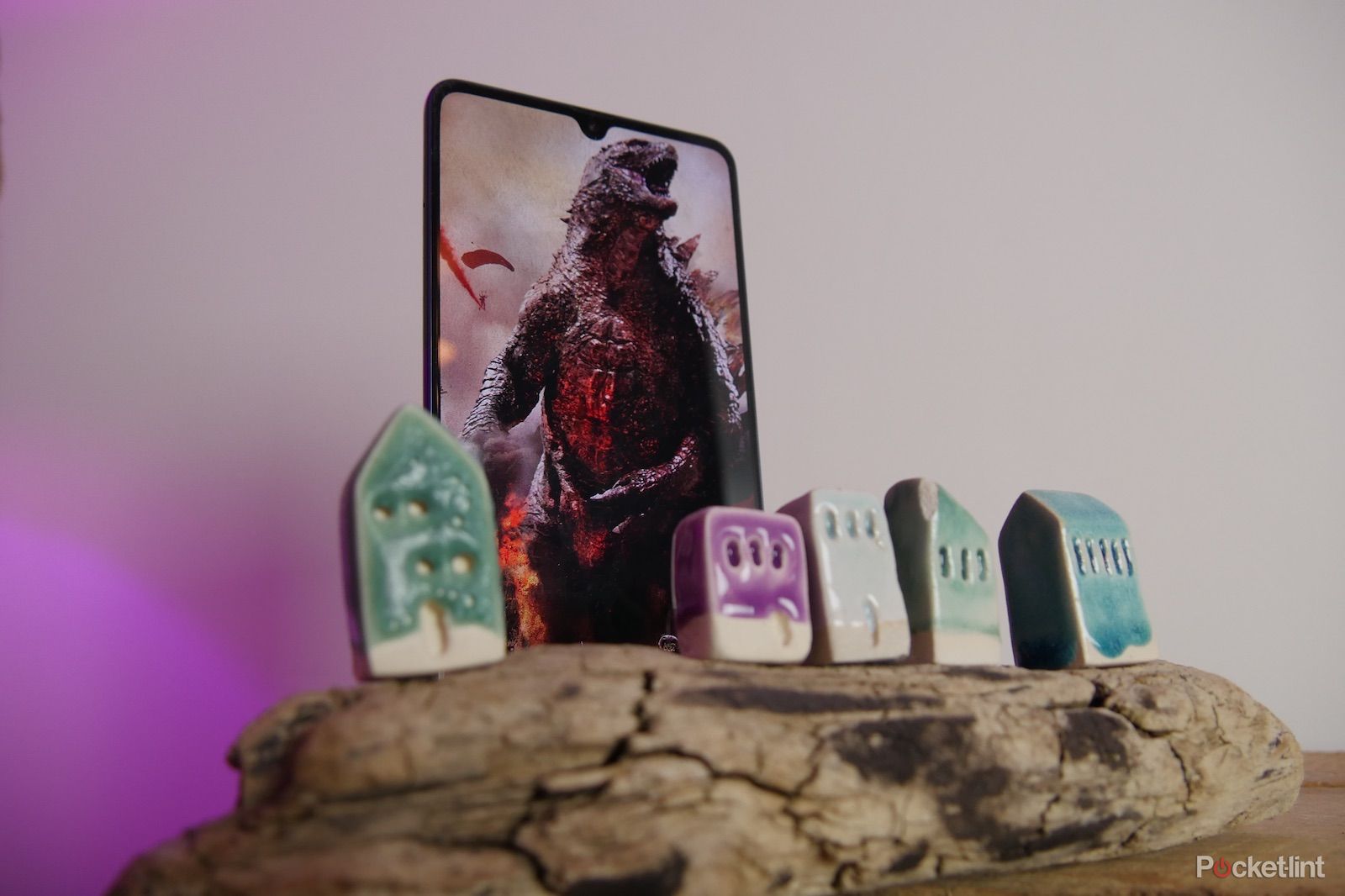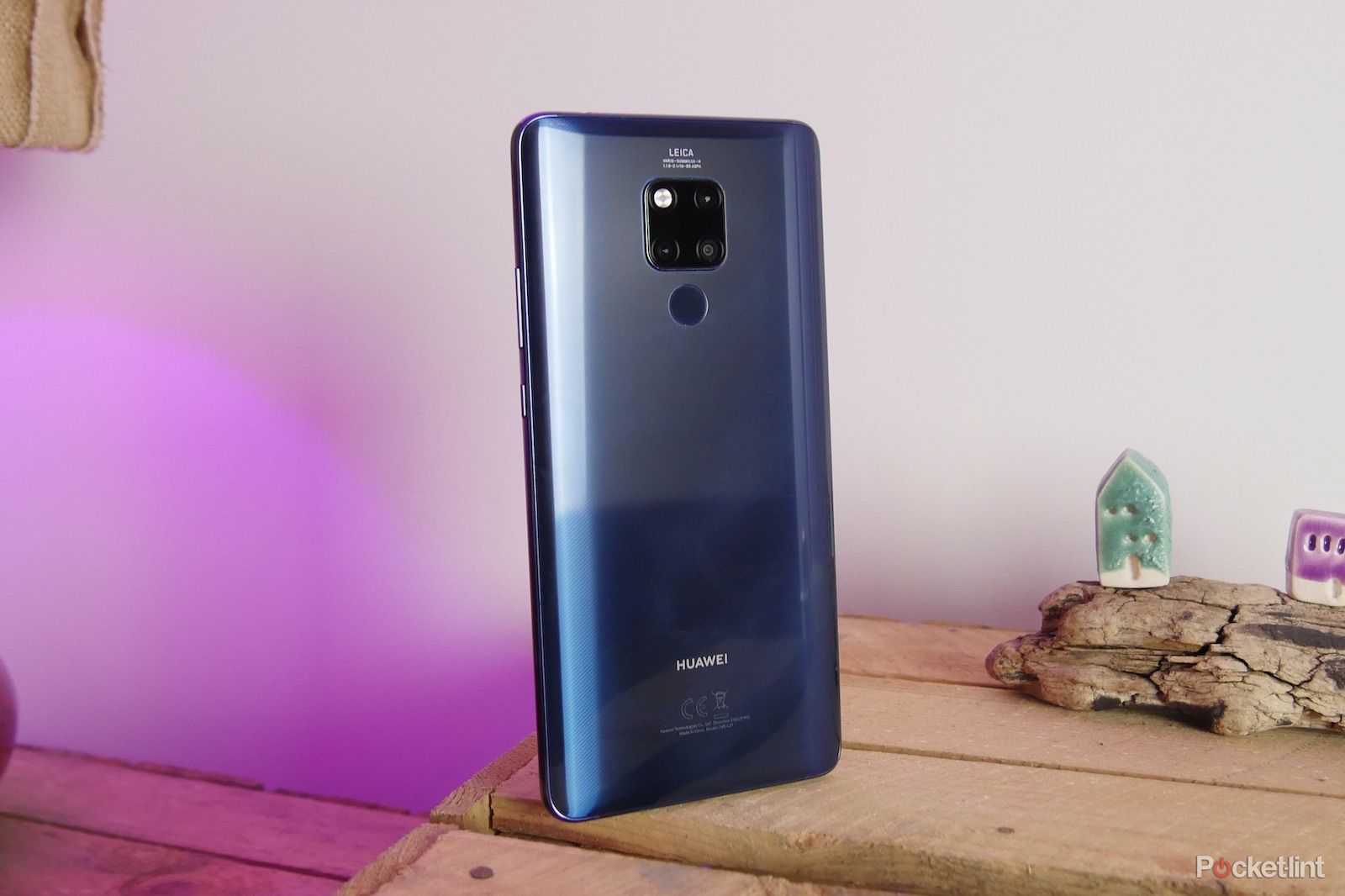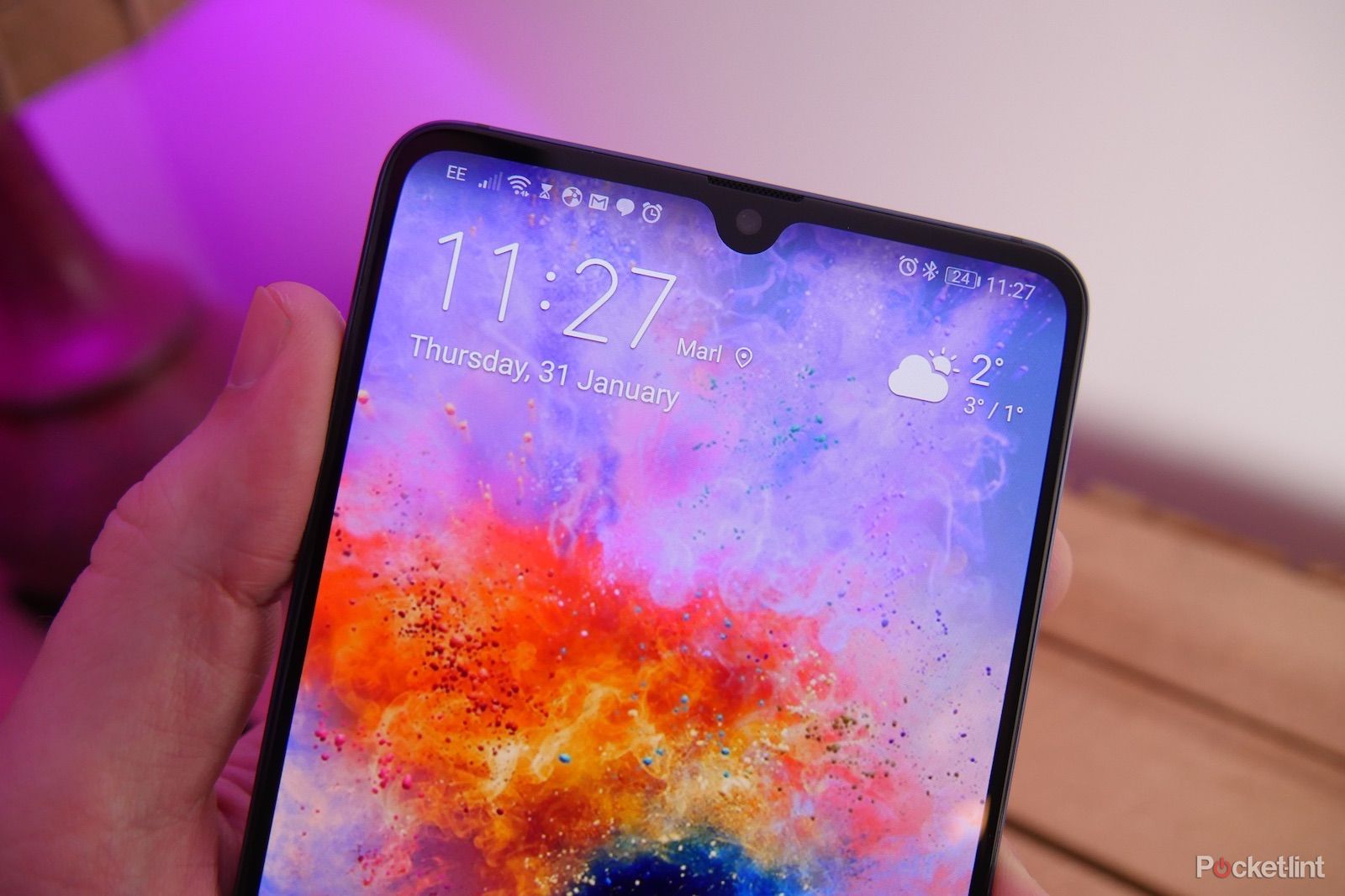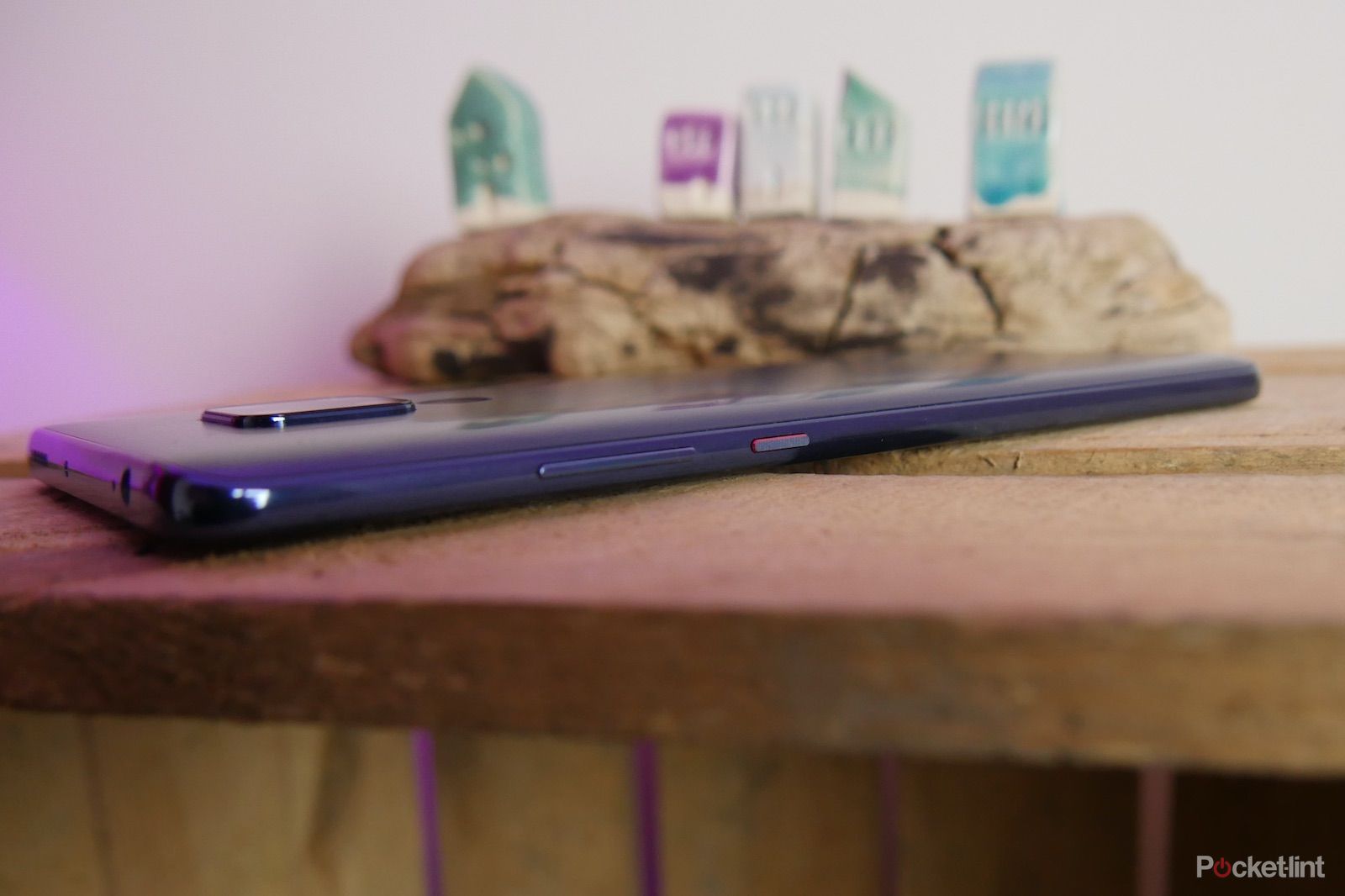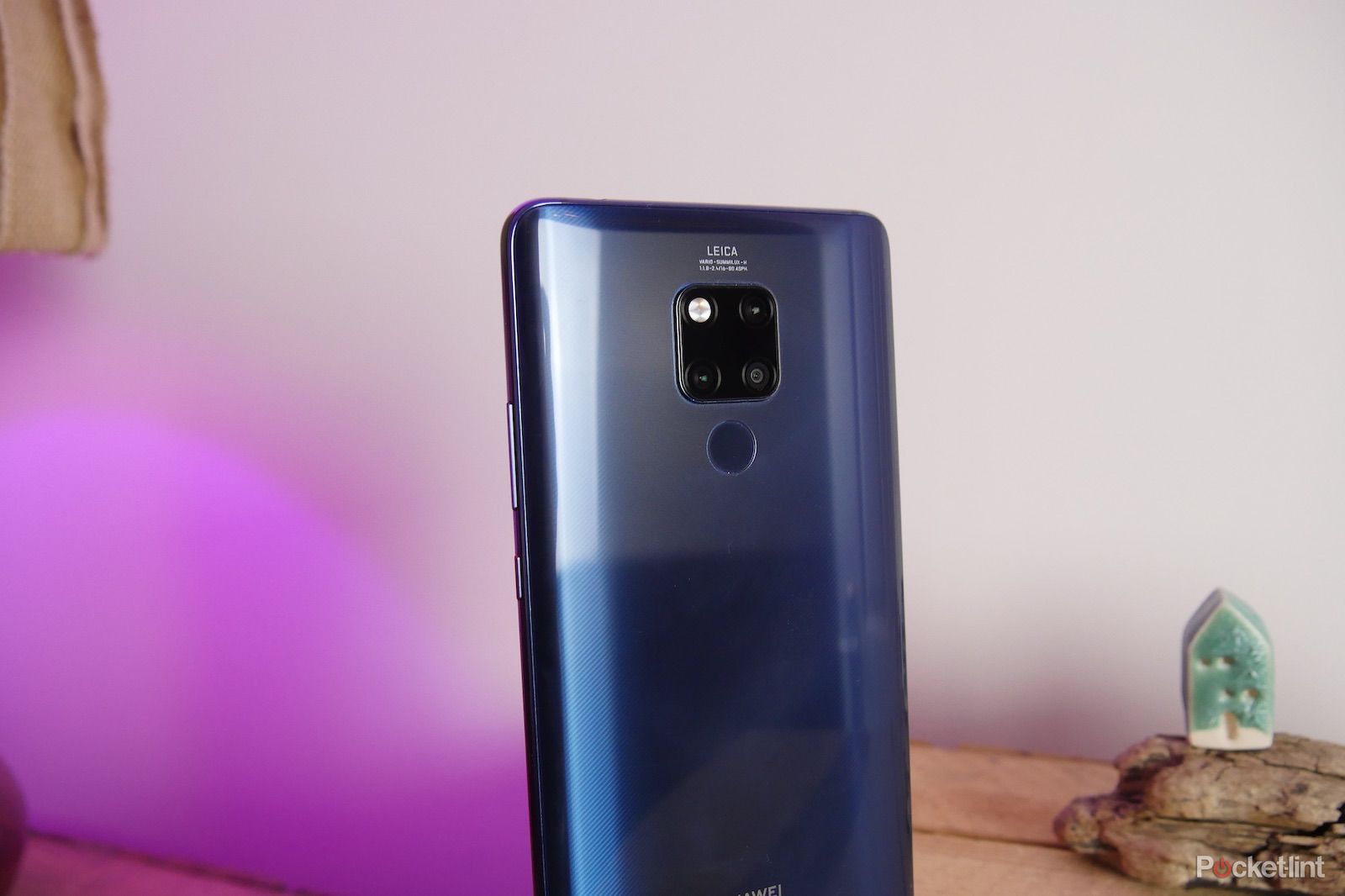Huawei has never been shy of pushing boundaries and trying new things. Some could be construed as a stroke of genius, othes the worst idea in the history of tech. Whether that's a fitness tracker which also happens to be a Bluetooth earpiece you wear on your wrist, or a small tablet that's capable of making phone calls, there have been a bunch of unusual products over the years.
For 2019, the latest gadget to arguably fit into this category is the Mate 20 X. It's part of the Mate 20 smartphone series - which also includes the regular Mate 20 and Mate 20 Pro models - but given the X's huge 7.2-inch screen it was part promoted as a direct competitor to the Nintendo Switch during its unveil by Huawei (and here are five reasons why it shouldn't have been).
Regardless of all that, however, we found this phone behemoth to be an impressive product when first reviewed in February 2019. Call it a phone, call it a small tablet, call it what you will: it's genuinely impressive.
Since our first review, however, a lot has happened. From US trade wars, to ongoing Android ban potential, to being temporarily dropped from some UK carriers, the Mate 20 X has had a rough ride. But as we step into late summer 2019, things look to be back on track, and with the 5G model in tow, we've been able to look over whether Huawei's first next-gen connectivity device is the one to rule the big-phone market.
Huawei Mate 20 X 5G
Our quick take
Yes, the Mate 20 X is a massive phone. But if you're looking for a two-handed powerhouse to hold day in and day out, then this is a genuinely fantastic media device.
On a screen of this size it would be nice to have higher resolution (QHD please), but we never particularly found the sharpness or the quality of the image to be below a flagship standard. And as this is an OLED panel the omittance of an in-screen fingerprint scanner seems somewhat odd too.
If you're looking for a 5G device then the option is also there. However, it comes with a smaller battery capacity and faster-charging, so won't be quite as super-duper long-lasting as the lasts-two-days 4G model. We'd also wait on the 5G model, as while carriers such as Three offer it to buy, that very carrier's 5G network isn't yet activated at the time of writing (hence our review being SIM-free and using an EE 5G SIM).
Overall, the only real downside to the Mate 20 X is what could be considered its upside: the large physical size. You'll either struggle, or you'll fall in love with it. For us, somewhat unexpectedly, it's been a case of the latter.
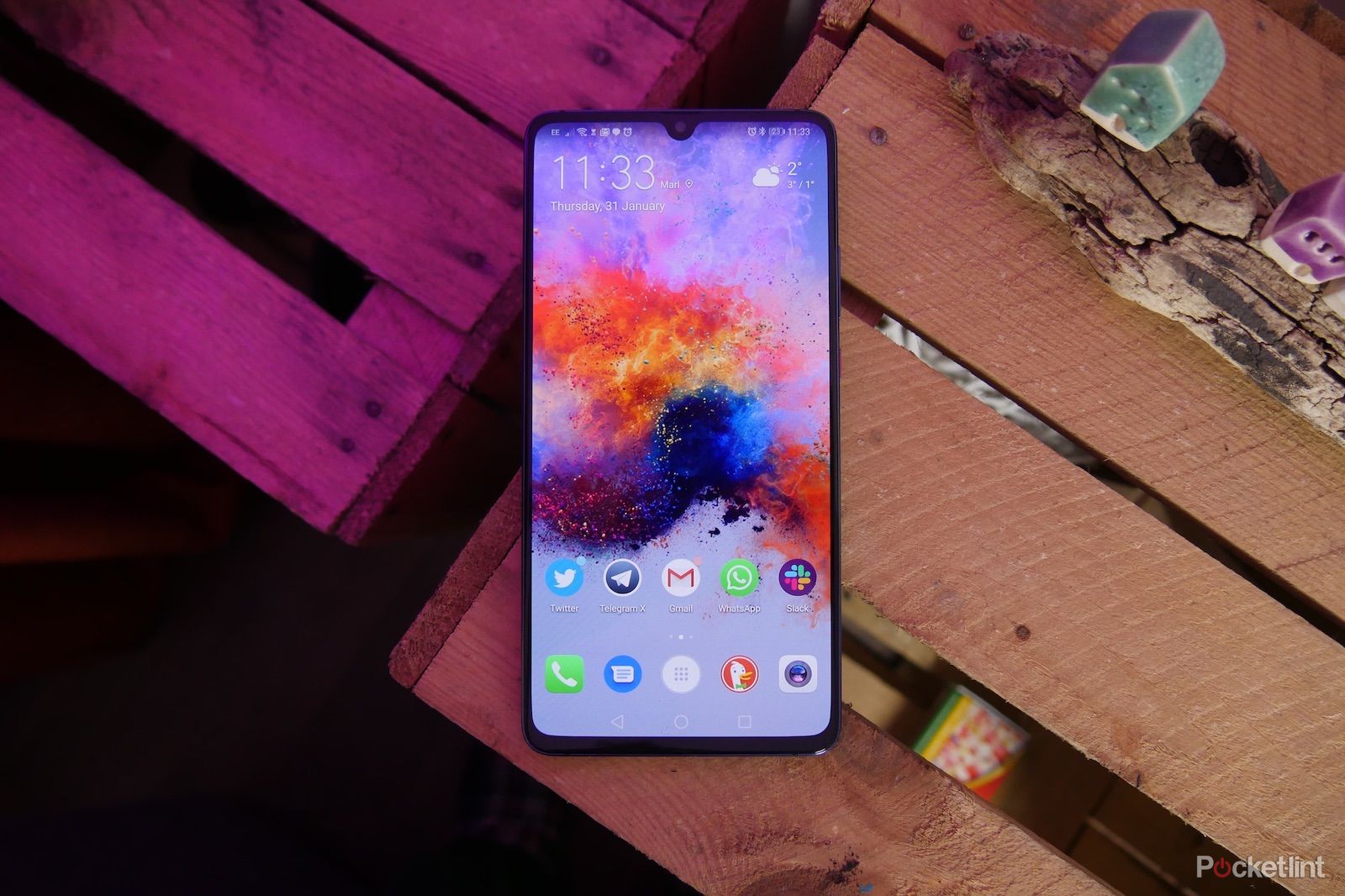
Huawei Mate 20 X & Mate 20 X 5G - 4.5 / 5
| FOR | AGAINST |
|---|---|
|
|
Huawei Mate 20 X
The Godzilla of phones
- Glass front and back
- IP53 dust/water resistant
- 175 x 85 x 8.2mm; 232g
Like we've pointed out, the Mate 20 X is big. Really big. There's no getting around that. Look at the spec sheet and you'll see it's more than 8mm wider and 17mm taller than an iPhone XS Max, which in itself is hardly the smallest phone. In fact, side-by-side, it makes Apple's big premium device look normal-sized.
Despite that width and height, though, Huawei has made great use of space, as the Mate 20 X is as slim and ergonomic as you could hope. Well, at this kind of scale anyway. It's not especially pocket-friendly, it must be said.
The bezel around the 7.2-inch screen on the front is virtually non-existent, save for some very slim framing on the edges, the tiny dew-drop notch on the top and a subtle chin on the bottom. That means that as much as possible of the space on the front is dominated by the display.
The body is only 8.2mm thin too, with a rear glass panel that curves gently to the slim edges to make for a phone that still feels good when held. So long as you're holding with two hands - it's too much of a stretch in terms of width to comfortably use it one-handed (although a one-handed mode within the software can alleviate this).
Given that most other 5G phones are hulking great wedges - the Samsung S10 5G, the Xiaomi Mi Mix 3 5G, and OnePlus 7 Pro 5G being three such examples - the Mate 20 X in its 5G form feels proportionally sound.
From an aesthetics point of view, the X very much slots into the Mate 20 range. It has the same protruding square camera housing on the back, as well as the same finishes, including a red-tint power button. It bears a striking resemblance to the regular Mate 20 - just one that's been zapped with a morphing laser beam and made the phone grow to epic proportions - with its flat dew-drop notched screen and the fingerprint sensor on the back.
Media powerhouse
- 7.2-inch OLED display
- 1080 x 2244 resolution
- DCI-P3 and HDR10 compatible
- Dual stereo speakers with Dolby Atmos tuning
If there's one thing this phone excels at, it's media consumption. It goes without saying that a big OLED panel will offer great visuals. Colours are vibrant and contrast is deep. Huawei has done a great job of ensuring the colour balance isn't skewed one way or the other towards warm or cool (you can adapt for that in the software anyway, should you please), making for a well-balanced looking screen.
Part of the reason it's so adept for media is the size, undoubtedly, but also that aforementioned quality and colour balance. It's sharp, and with HDR (high dynamic range) support it offers stunning visuals for both gaming and Netflix binging.
Watching an episode or two of The Punisher on Netflix was enough to convince us that if we wanted a mobile device for watching movies, then this is it. It also helps a lot that the screen is completely flat. There aren't any curves at the edges to distort or discolour the picture. It's just one, big, glorious panel.
Its size and quality also make it ideal for mobile gaming. If anything, the fact that it is so large means you don't miss much of the action, even with both thumbs on the screen while getting your PUBG on. There's also a separate clip-on gaming controller, which is sold separately.
As there's that dewdrop notch up top, however, software is sometimes needed to hide it. With some full-screen games the Mate 20 X adds in a blackout bar at the top, which can mean content isn't perfectly centred, but it's a workaround that's practical.
The size also means it's a much better platform for multi-tasking, with the split-screen apps view being much less cramped than you'd get on a typical Android phone. Plus the X supports Huawei's mPen stylus - although, unlike the Samsung Galaxy Note 10, it's a separate purchase for the Huawei.
It's not just about visuals though, the audio experience enhances the media further. With its stereo speakers - one placed on each of the top/bottom edges - the Mate 20 X delivers loud, well-balanced and relatively deep sound. Not compared to good headphones, but definitely better than the average smartphone - most of which only offer the one mono speaker to the bottom. The X's stereo speakers are enhanced by Dolby Atmos, which in this case doesn't mean true surround sound like the living room experience equivalent, but rather you get good volume, clarity and balance.
4G vs 5G: Goes all day, and then some
- 5,000mAh battery (4G) / 4,200mAh battery (5G)
- 6GB RAM/128GB storage (4G) / 8GB RAM/128GB storage (5G)
- 22.5W SuperCharge fast-charging (4G) / 40W SuperCharge (5G)
- Kirin 980 (7nm) processor (both models)
Another reason for recommending the Mate 20 X as the ultimate media and gaming phone comes down to battery life and everyday performance. Although this will depend upon which model you buy, as the 4G and 5G variants are rather different in this regard.
First up, as reviewed in February 2019, the 4G handset offers a hugely capacious 5,000mAh battery inside, along with the Kirin 980 processor (Huawei's most powerful to date), as well as some custom liquid cooling components made of graphene film and paired with vapour chambers.
In everyday life, this means a few things. Firstly, and probably most importantly, is that you'll have to try really, really hard to drain this battery in just one day. Even with three hours of gaming to test the screen, plus a smartwatch connected at all times, the Mate 20 X still comfortably got to bedtime at 11:30pm with 40 per cent of its battery remaining. On lighter useage days, it wasn't too much of a struggle to get it to the end of two days.
Now, the 5G model cuts this battery life to 4,200mAh. That's a fairly significant drop, all things considered, because 5G isn't less efficient on battery life (not yet anyway) given the degree of heat produced - as we've found during testing in London. So don't expect to find as long-lasting results from the 5G model.
Furthermore 5G in its initial launch stages is a future-facing tech rather than an always beneficial one. We've been scouring London - walking from Euston to Kings Cross - to locate a faster stream of connectivity, but found with an EE SIM card we couldn't push beyond 110Mbps (which isn't beyond 4G/LTE speeds). That said, we know for sure that EE's network can go faster - as we found when test-running the OnePlus 7 Pro 5G. Point being: when you can hit those 400Mbps speeds it'll be glorious, it just won't be all that often unless you're positioned right next to a site at all times.
When it comes to recharging, the 4G and 5G models also differ. The latter goes with 40W fast-charging, which is super quick, the former 22.5W - in the interests of safety with such a large battery capacity and the affect of swell over time.
In terms of performance, we can't really fault the performance in daily tasks at all. This Kirin 980 processor, coupled with its custom cooling tech and the 6GB RAM (8GB in the 5G model), is more than capable of tackling even the most graphically intense games without any really noticeable frame-rate dropping or stuttering.
EMUI software is still EMUI - but it's improving
- EMUI 9 reskin based on Android Pie operating system
- Digital balance app is useful
- Plenty of gesture options
As it's grown its presence in western markets, Huawei has slowly evolved the custom skin it loads on top of Google's Android. With each new version of Emotion UI (EMUI), it gets more refined and minimal.
We won't go into great detail about the possibility of Huawei being forced to give up Android altogether, as we believe this won't happen (despite the ongoing situation with the US government). Huawei has back-up plans in place anyway, with HarmonyOS a possible future replacement (although it's mixed messaging at the moment, as this isn't a given).
Anyway, onward with EMUI: the default theme is inoffensive and quite similar to normal Android icons and colouring, although the option still remains for those who want to theme the heck out of it. You can switch on a completely dark interface to save battery if you like, and you get the choice between using the standard Huawei home screen where icons litter the home screen, or switch on the more traditional Android app drawer.
One of Huawei's best traits is its ability to develop interesting features, particularly navigation and shortcut gestures. For instance, a double-knock on the screen with your knuckle takes a screenshot. Plus, you can choose from a few different primary navigation modes: with the option of having standard Android buttons, gestures only navigation, or a floating button on the screen that can be tapped, swiped and repositioned that can do it all.
There's also a feature called Digital Balance, which is essentially a rebadged version of Google's Digital Wellbeing Android Pie feature, allowing you to set daily screen time limits, as well as individual app timer limits. So, if you're worried about your Twitter addiction, just set a timer and you won't be able to access it once you've hit that time limit.
Same great cameras
- 40MP f/1.8 wide primary lens
- 20MP f/2.2 ultra-wide second camera
- 8MP f/2.4 telephoto zoom camera
- 24MP front selfie camera
Opinions here are Pocket-lint are divided on the design of Huawei's square camera protrusion. Some see it as an abomination, others an improvement over the P20 Pro. But really it's what's inside that counts.
Three separate cameras are joined by a dual-tone LED flash, and each of those three cameras serves a purpose. There's a 40-megapixel primary camera, joined by the ultra-wide 20-megapixel secondary lens and the telephoto 8-megapixel camera which offers up to five times zoom.
In real-life use, this means you have the capability to shoot all manner of scenes and subjects, regardless of how far or near they are. Want a really wide shot close to a tall building? Switch to ultra-wide. If you're trying to shoot something far away, make use of the zoom.
While the versatility is superb, there is obviously some difference in the quality of the images that comes from each of these optics. The primary lens is the primary for good reason: it's better for low-light situations. Compare the ultra-wide and the regular wide camera in the collection below and you'll see there's a significant difference in how much light it can pull in and how the results therefore differ.
With that said, in low-light situations where the main camera struggled to retain detail, we found switching to Night mode really beneficial. It doesn't just pull in light over a longer exposure, it enhances the details and contrast to make a sharper image - all from a handheld shot that combines multiple exposures in real-time. So, where the regular camera gets really noisy and blurry in some challenging low-light conditions, night mode alleviates those.
The Mate 20 X's camera uses the same AI-based technology (that's artificial intelligence, if you're wondering) to asses what's in the scene and adjusts settings to match, offering very similar results to the other Huawei Mate 20 series phones. Again, in daylight, we found it sometimes exaggerated the contrast and sharpness to excess, but it does a great job with HDR (high dynamic range) to ensure that contrasting light in the same scene is balanced out - so you can still get blue skies, clouds and green grass when there are heavy shadows and bright skies.
Huawei Mate 20 X
To recap
If you're looking for a two-handed mega-sized phone then the Mate 20 X is a genuinely fantastic media powerhouse. It has a great (and, yes, massive) screen, further enhanced by great audio, and the battery just goes on and on whatever you throw at it.

